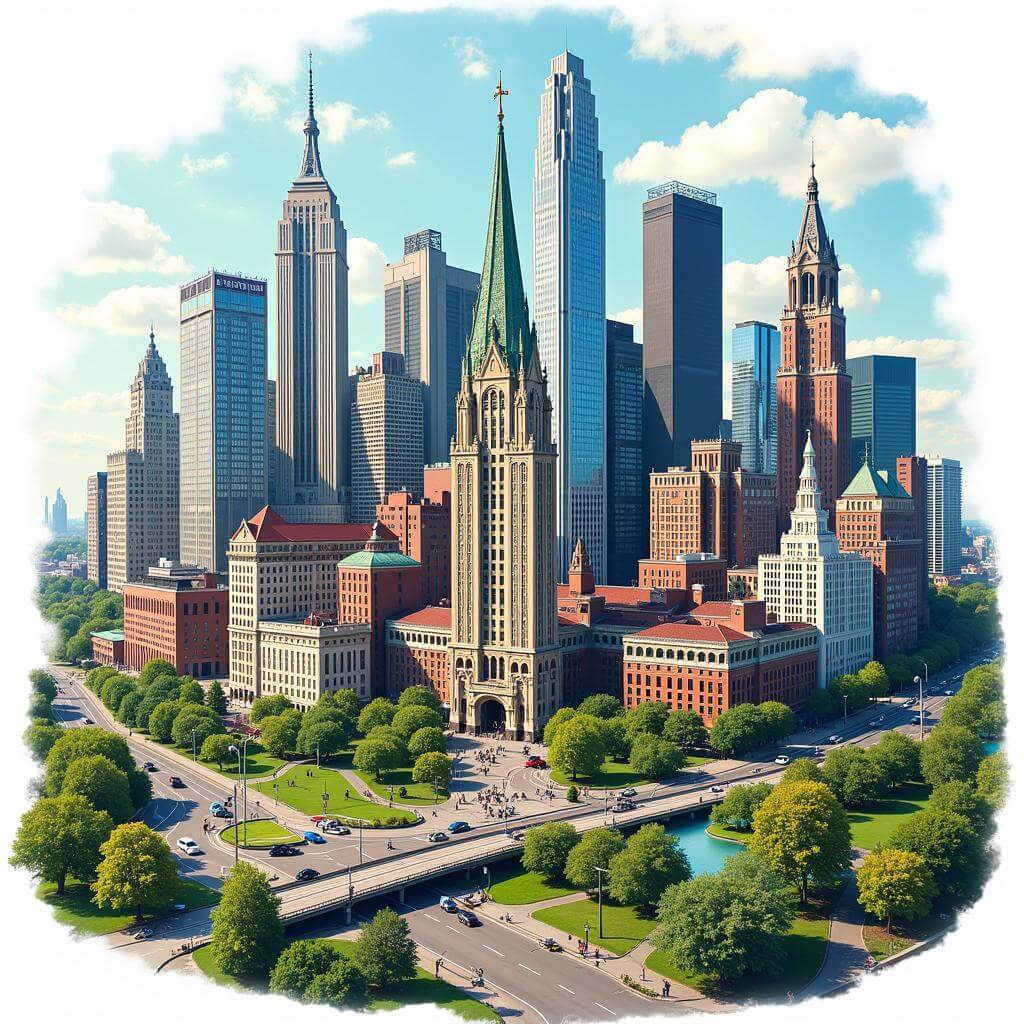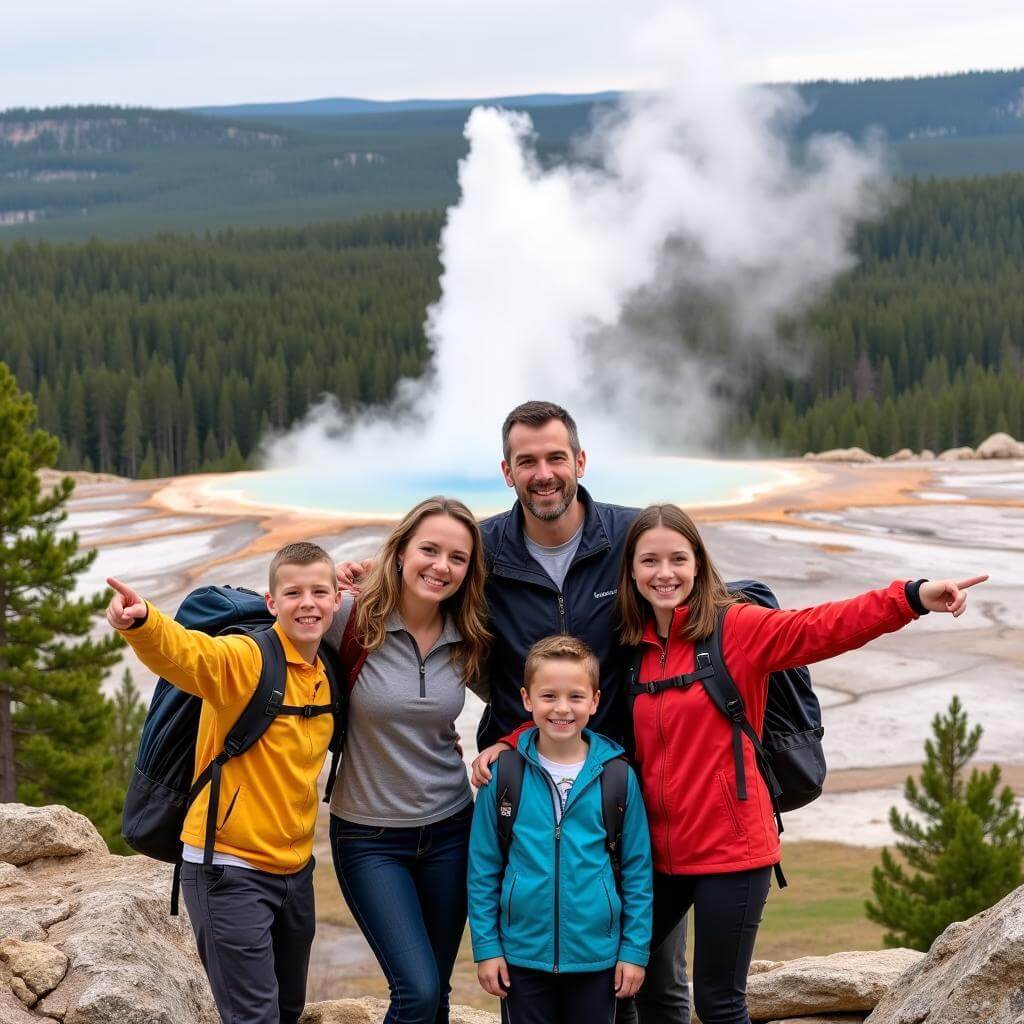When it comes to IELTS Speaking tasks, being able to vividly describe a city you would like to live in is a valuable skill. This topic frequently appears in IELTS exams and is likely to remain relevant in future tests. Let’s explore how to effectively tackle this question and impress the examiner with your response.
describe an important lesson you learned from your family
Part 1: Introduction and Interview
In Part 1, the examiner may ask general questions about cities and urban living. Here are some common questions you might encounter:
- Do you currently live in a city?
- What do you like or dislike about city life?
- How often do you visit big cities?
Let’s focus on question 2 and provide a sample answer:
Sample answer (Band 7-8):
“Well, there are several aspects of city life that I find appealing. Firstly, I love the convenience of having everything at my fingertips – from diverse dining options to entertainment venues. Additionally, cities often offer better job opportunities and educational facilities. However, I must admit that the fast-paced lifestyle and congestion can be quite overwhelming at times. The air pollution in some cities is also a significant drawback for me.”
Part 2: Long Turn
Here’s a sample cue card related to describing a city you would like to live in:
Describe a city you would like to live in one day
You should say:
- Where this city is located
- What you know about this city
- Why you would like to live there
And explain how this city differs from where you currently live
Sample answer (Band 6-7):
“I’ve always dreamed of living in Sydney, Australia. It’s located on the east coast of the country and is known for its iconic landmarks like the Sydney Opera House and Harbour Bridge.
From what I’ve learned, Sydney offers a perfect blend of urban living and natural beauty. The city boasts beautiful beaches, lush parks, and a vibrant cultural scene. I’m particularly drawn to its multicultural atmosphere and the opportunity to meet people from all over the world.
I’d love to live there because of the high quality of life it offers. The city has excellent job opportunities, especially in my field of work. Additionally, the outdoor lifestyle appeals to me, as I enjoy activities like surfing and hiking.
Compared to my current city, Sydney is much larger and more cosmopolitan. It has a more temperate climate, which I prefer, and offers more diverse career prospects. While my current city is landlocked, Sydney’s coastal location would allow me to enjoy beach life regularly, which is a significant difference I look forward to experiencing.”
Sample answer (Band 8-9):
“I’ve set my sights on residing in the vibrant metropolis of Sydney, Australia. Nestled on the country’s eastern seaboard, this iconic city is renowned for its architectural marvels such as the Sydney Opera House and the Harbour Bridge, which have become synonymous with Australia’s cultural identity.
Sydney, from my understanding, epitomizes the quintessential balance between urban sophistication and natural splendor. The city is adorned with pristine beaches, verdant parks, and boasts a thriving cultural milieu. What particularly entices me is its cosmopolitan ambiance and the prospect of immersing myself in a truly global community.
The allure of Sydney lies in its exceptional quality of life. The city offers lucrative opportunities in my professional domain, coupled with a work-life balance that’s often elusive in other major cities. Moreover, the emphasis on outdoor living aligns perfectly with my penchant for activities like surfing and bushwalking.
In stark contrast to my current abode, Sydney presents a more expansive and culturally diverse environment. Its temperate climate is a welcome change from the extreme weather I currently experience. Furthermore, while my present location is landlocked, Sydney’s coastal setting would afford me the luxury of indulging in beach activities as part of my daily routine, marking a significant shift in lifestyle that I’m eagerly anticipating.”
Follow-up questions:
- How do you think living in this city might change your lifestyle?
- What challenges do you think you might face when moving to a new city?
Sample answer for question 1 (Band 7-8):
“Living in Sydney would likely transform my lifestyle significantly. I’d probably become more active and outdoorsy, taking advantage of the beautiful beaches and parks. I might also adopt a more laid-back attitude, which Australians are known for. Additionally, I’d have the opportunity to broaden my cultural horizons by interacting with people from diverse backgrounds.”
Sample answer for question 2 (Band 8-9):
“Relocating to a new city, especially one in a different country, presents a myriad of challenges. Foremost among these would be acclimating to a new cultural environment and potentially overcoming language barriers. Establishing a new social network and navigating unfamiliar systems, such as healthcare and transportation, could also prove daunting. Moreover, the financial implications of such a move, including finding suitable accommodation and employment, would require careful consideration and planning.”
describe a time you met someone famous
Part 3: Two-way Discussion
In this section, the examiner will ask more abstract questions related to cities and urban planning. Here are some possible questions and sample answers:
- How do you think cities will change in the future?
Sample answer (Band 7-8):
“I believe cities in the future will become increasingly technologically advanced. We’ll likely see more smart city initiatives, with improved public transportation systems and better waste management. Cities might also focus more on sustainability, incorporating more green spaces and renewable energy sources. However, they may face challenges like overpopulation and the need to balance modernization with preserving cultural heritage.”
Sample answer (Band 8-9):
“The trajectory of urban development suggests that future cities will be characterized by a symbiosis of technology and sustainability. We’re likely to witness the proliferation of ‘smart cities’, where interconnected digital systems optimize everything from traffic flow to energy consumption. Vertical farming and green architecture may become ubiquitous, addressing both food security and environmental concerns. However, this evolution will not be without its challenges. Cities will need to grapple with issues such as demographic pressures, socioeconomic disparities, and the delicate balance between modernization and cultural preservation. The urban landscape of tomorrow will undoubtedly be a complex tapestry of innovation, sustainability, and social dynamics.”
- What are the main differences between life in the city and life in the countryside?
Sample answer (Band 7-8):
“The differences between urban and rural life are quite pronounced. Cities typically offer more job opportunities, better healthcare, and a wider range of entertainment options. However, they often come with higher living costs and more stress. Rural areas, on the other hand, provide a closer connection to nature, a slower pace of life, and often a stronger sense of community. The trade-off is usually fewer career options and limited access to certain amenities.”
Sample answer (Band 8-9):
“The dichotomy between urban and rural living is multifaceted and profound. Urban environments are characterized by their economic dynamism, offering a plethora of employment opportunities and a concentration of services, from healthcare to cultural institutions. However, this comes at the cost of higher living expenses, increased stress levels, and often, a detachment from nature. Conversely, rural settings afford a more intimate connection with the natural world, a slower rhythm of life, and frequently, a more cohesive community fabric. The trade-off lies in the relative scarcity of career advancement opportunities and limited access to specialized services. Ultimately, the choice between urban and rural living often hinges on individual priorities and lifestyle preferences.”
describe a festival in your area
Key Vocabulary and Phrases for High Scores
To elevate your IELTS Speaking performance when describing a city, consider using these sophisticated words and phrases:
-
Metropolis /məˈtrɒpəlɪs/ (noun): A very large and busy city.
Example: “Tokyo is a sprawling metropolis known for its cutting-edge technology.” -
Cosmopolitan /ˌkɒzməˈpɒlɪtən/ (adjective): Including people from many different countries.
Example: “New York’s cosmopolitan atmosphere is evident in its diverse cuisines and cultural events.” -
Infrastructure /ˈɪnfrəstrʌktʃə(r)/ (noun): The basic systems and services that a country or organization uses in order to work effectively.
Example: “Singapore’s excellent infrastructure contributes to its high standard of living.” -
Gentrification /ˌdʒentrɪfɪˈkeɪʃn/ (noun): The process of changing a poor urban area by wealthier people moving in, improving housing, and attracting new businesses.
Example: “The gentrification of this neighborhood has led to rising property values but also concerns about displacement.” -
Urban sprawl /ˈɜːbən sprɔːl/ (noun): The uncontrolled expansion of urban areas.
Example: “Los Angeles is often cited as an example of urban sprawl, with its vast network of suburbs.”
 Diverse urban landscape with modern skyscrapers and historic buildings
Diverse urban landscape with modern skyscrapers and historic buildings
Examiner’s Advice
To excel in describing a city in your IELTS Speaking test:
-
Broaden your vocabulary: Familiarize yourself with a range of urban-related terms and use them naturally in your responses.
-
Structure your answer: Organize your thoughts logically, covering different aspects of city life such as culture, economy, and lifestyle.
-
Use specific examples: Mention real places or personal experiences to make your description more vivid and credible.
-
Practice comparing and contrasting: Be prepared to discuss how your chosen city differs from others or from rural areas.
-
Develop your ideas: Don’t just list features; explain why they are significant or how they impact life in the city.
Remember, the key to a high score is not just about what you say, but how you say it. Aim for fluency, coherence, and a natural conversational tone while showcasing your vocabulary and grammatical range.
describe a sports event you participated in
By following these guidelines and incorporating sophisticated vocabulary, you’ll be well-equipped to deliver a compelling description of your ideal city in the IELTS Speaking test. Good luck with your preparation!


